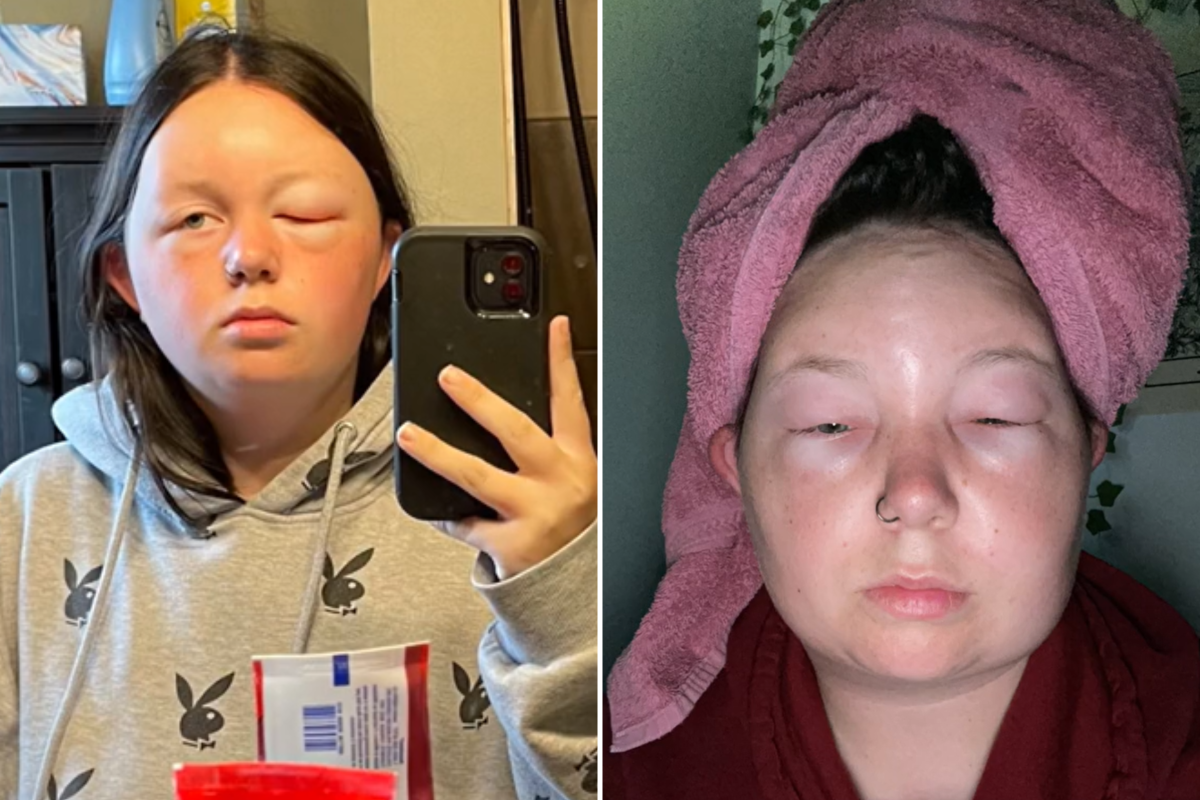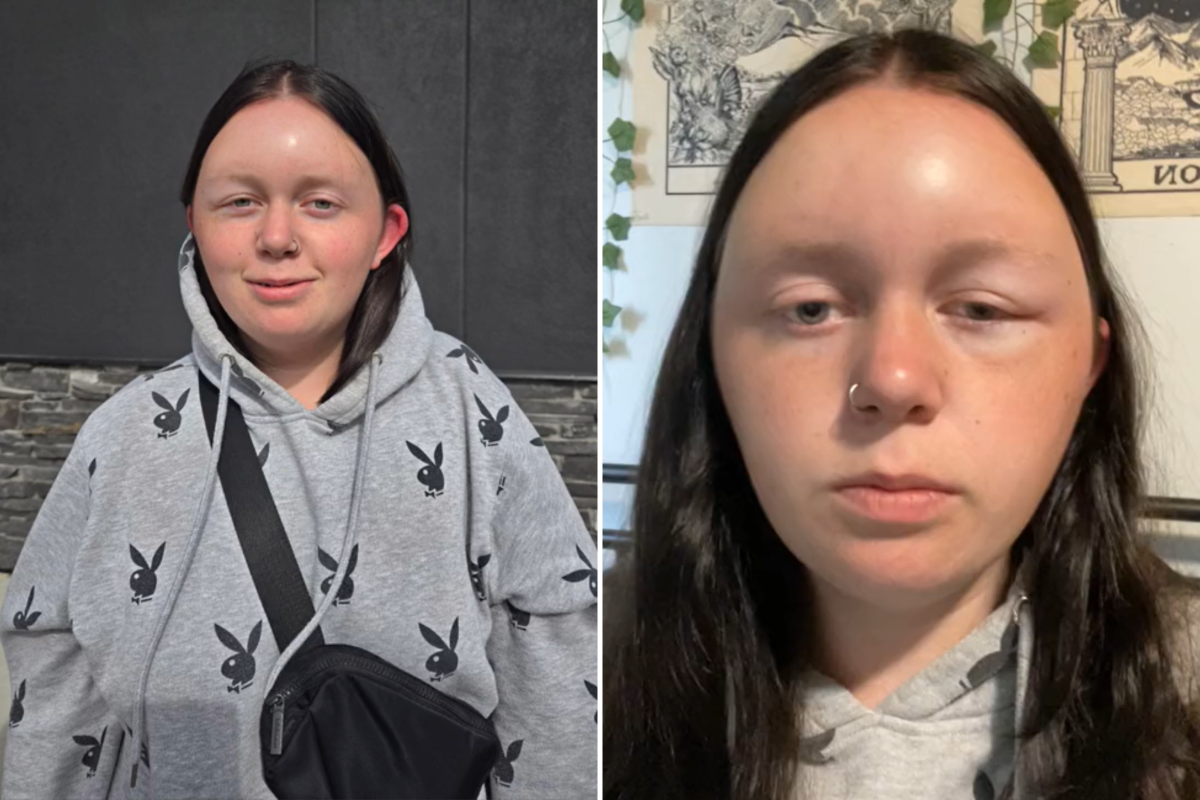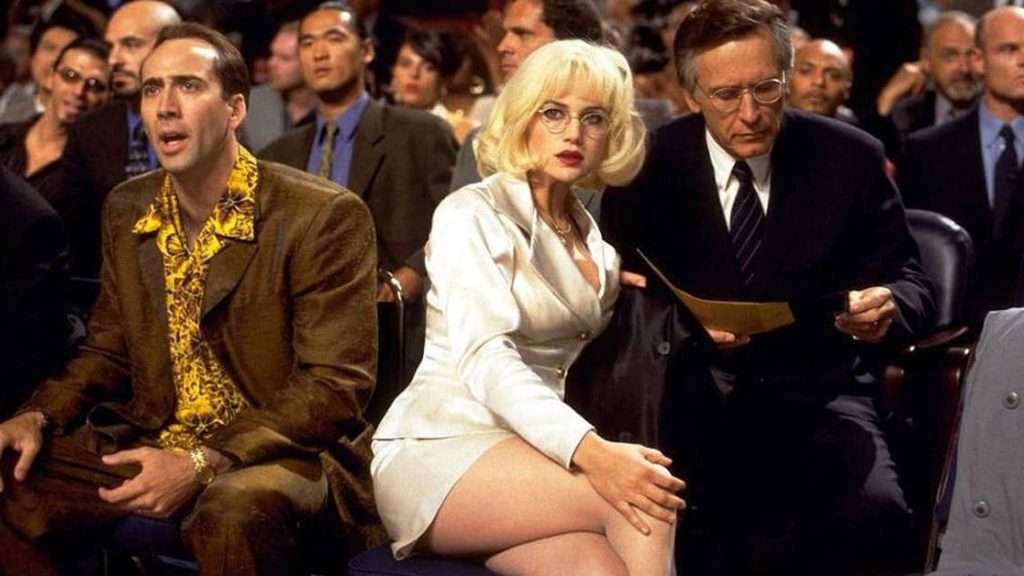A woman has vowed never to dye her hair at home again after suffering an allergic reaction, leading to two trips to the hospital and 20 days of medication.
Isabelle Lowe, 19, was dying her hair at home on September 28, using Olia by Garnier in shade 3.0, a dark brown that she hadn't tried before. Over the years, she's gone to the salon to have her hair dyed, as well as using at-home kits to do it herself.
Everything seemed fine at first, until she noticed some unusual symptoms around 24 hours after using the dye. Lowe, of Manitoba, Canada, told Newsweek via email that it started with "an extremely itchy scalp" the next day, and it became progressively worse from then.
Newsweek has contacted Garnier via email for comment.
Having dyed her hair in the past and never experiencing any reactions, Lowe didn't do a patch test. The U.S. Food and Drug Administration (FDA) recommends always doing a patch test approximately two days before dying hair. They suggest rubbing a small amount of the dye on the inside of your elbow or behind your ear, and if a rash develops, you should not proceed.

"The morning after the itchiness started, I noticed that my head started swelling and it got visibly worse by the minute," Lowe said. "I also got hives in different parts of my body, including my torso, back, legs, and scalp."
She added: "When I first saw the swelling, I was obviously quite concerned, and I wasn't sure whether I should go to a walk-in center or the hospital. The swelling started in my forehead then went all the way down my face."
Becoming increasingly concerned, Lowe went to the hospital around two hours after noticing her swollen face. Although she still found time to laugh about her misfortune, as she joked that she woke up "looking like Megamind," from the 2010 animation of the same name.
Lowe was prescribed a five-day course of steroids, which she started taking immediately. Although it wasn't quite as straightforward to overcome the allergic reaction after all.
"It started getting better for those five days while I was taking the steroids, but as soon as I finished them, I started reacting again. So, I went back to the hospital, and I was prescribed a lower dosage of steroids for 15 more days," she continued.

Why Are Patch Tests So Important?
Julia North, founder of the wig brand, Wigonia, spent 15 years as a hairstylist, and during that time she saw many people who had "devastating reactions" to hair products.
She told Newsweek via email that people often believe "the most dangerous myth" that if they've used a product in the past and didn't react, they must not be allergic to it. But she wants people to know that this isn't necessarily the case, and allergies can develop later in life.
"Your body's sensitivity can change overnight, and the next reaction can be severe or even life-threatening," North said. "Always do a patch test—even if you have a trusted brand."
She added: "The scariest thing about hair dye reactions is how quickly they can escalate. What starts out as mild irritation can progress to severe inflammation in a matter of hours. If you notice any burning or discomfort when in use, rinse immediately with cold water and seek medical attention if it worsens."
'Never Again' Using a Box Dye
Thankfully, Lowe says she is now "almost completely fine," but she does still have a few remaining hives on her scalp and neck area.
While this has been a memorable experience for Lowe, she will "never again" dye her own hair, and she urges others to be cautious.
"They say each time you dye your hair, the reaction can be more severe as you become more sensitive to it. I would also like to add that some people don't react to a patch test, but they can still react to the dye once it's on their head. A patch test can also cause the greater sensitivity that I was mentioned," she told Newsweek.
After documenting her allergic reaction with selfies and photos, she shared them on TikTok (@iamisabellelowe) last month, warning others what can happen. Alongside the images, she wrote: "If you're looking for a sign to not dye your hair, here it is."
Since it was shared on October 3, the post has gone viral with over 719,000 views and more than 12,000 likes on TikTok at the time of writing. With over 260 comments on the post, many TikTok users highlighted the importance of doing a patch test before using any hair dye.
One user wrote: "It's called a patch test. Says so on the box."
Another commented: "I dyed my hair black a few years ago and I had hives for months. It was awful."
While a third user posted: "Wow that is scary! I'm glad you're feeling better."
Is there a health issue that's worrying you? Let us know via health@newsweek.com. We can ask experts for advice, and your story could be featured on Newsweek.




















 English (US) ·
English (US) ·